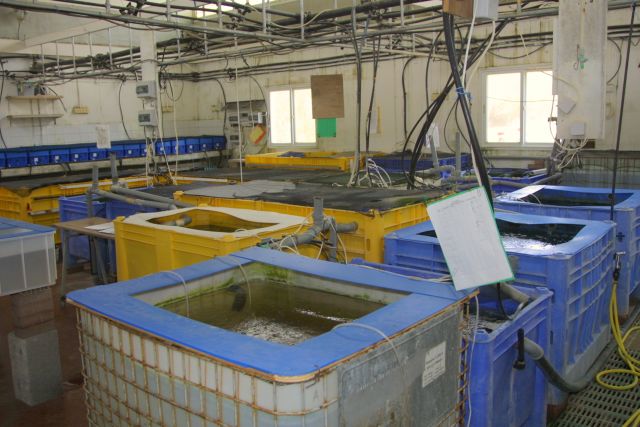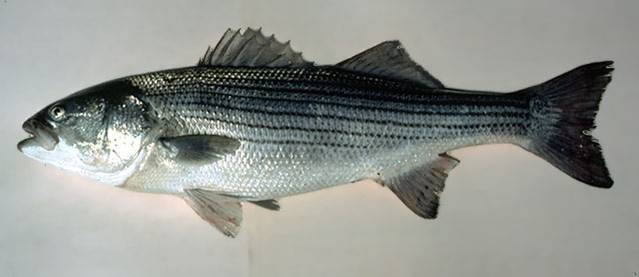Building their studies around the availability of land and water in the Negev, BengisCenter researchers, headed by Samuel Appelbaum , and co-workers are investigating the biology, nutrition and behavior of fish for local aquaculture. They are devising new and improved fish farming equipment and techniques, many of which have commercial applications. In particular, they are seeking systems that can be appropriate for even the small-scale farmer. Over the last decades they have studiedcarp, eel,tilapia, catfish, sea bream, stripped bass, barramundi, shrimps and ornamentals. In particular, they seek to develop high-density fish husbandry. Closed-recirculation systems for the mass production of fish fry for growers.

With regard to the African catfish, Bengis Center researchers discovered that fish fry raised in dark develop faster than those reared in light. Their measurements indicated that locomotor activity was decreased in the dark, which saves energy that is subsequently invested in growth. This observation could parallel the tendency of sedentary people to put on weight. In addition, raising juveniles in light increases locomotor activity, which can promote encounters between individuals, and enhances cannibalistic behavior. They found that the biomass of fish reared in the dark was about 175% of those raised in light. The researchers therefore recommend light restriction as a simple, low-cost technique for improving the production of catfish stocking material.
Gilthead sea bream (Sparus aurata) is an Atlantic and Mediterranean marine fish is in great demand. At present, this fish is maricultured in floating net pens in the Gulf ofEilat, but because of damage to Gulf corals, sea bream fish farming there is expected to end. Samuel Appelbaum and Evgeny Resnikov of the BIDR have examined the possibility of raising the fish in Negev ponds using local brackish water. They found that sea bream juveniles (1-2 g) can be gradually transferred from full salinity seawater into water with a salt content of 7.5% of seawater, though their activity, feeding and growth are reduced. But by raising salinity back to 17%, the researchers observed that the juveniles attain body weights greater than 350 g in 12 months, which is comparable to sea bream raised commercially in the Gulf of Eilat. The team is now investigating the economics of growing the fish under various water salinities and whether better designed diets can enhance fish growth in lower salinity water.

Striped bass
Together with Prof. Gideon Oron at the BIDR Department of Environmental Hydrology and Microbiology , the Bengis team is developing a novel technology for the polyculture of aquatic organisms (fish, shrimp) in a circulating system that minimizes water requirements and maximizes its reuse. Here different aquatic species are stocked at high densities in separate rearing tanks, with water flowing from one tank to another. After traversing the last tank in the chain, which is filled with aerated water and volcanic gravel that serves as a submerged biological filter, the water is pumped back to the first tank. In this approach, the suspended organic material generated by feeding the primary species in the first tank is efficiently utilized to nourish the species in the following tank. The system was shown to operate as a sustainable self-cleaning polyculture system.
Support
This work was largely supported by Mr. Arnold Bengis of New York City.
Previous section